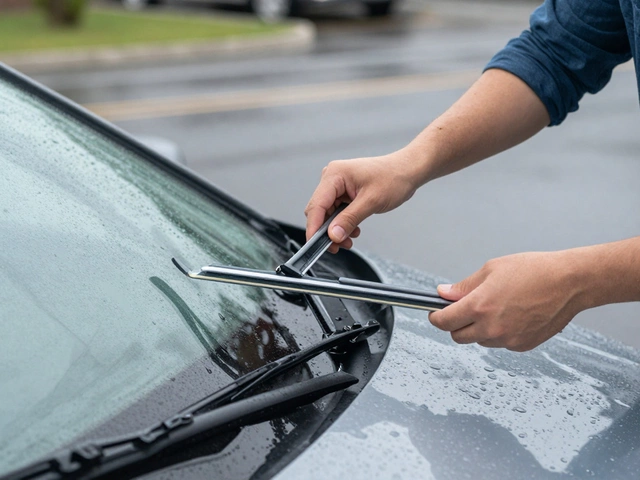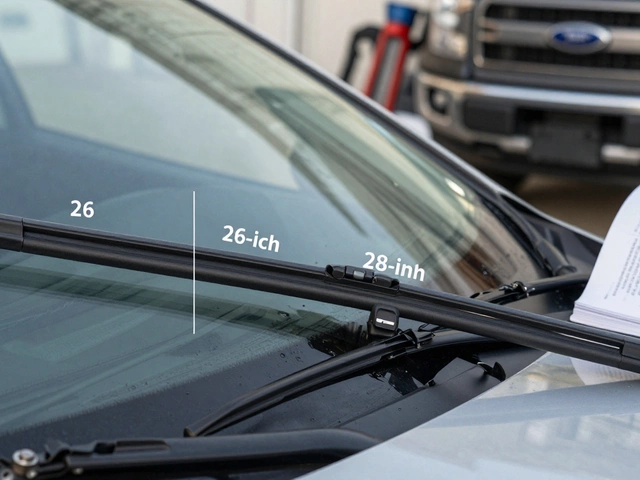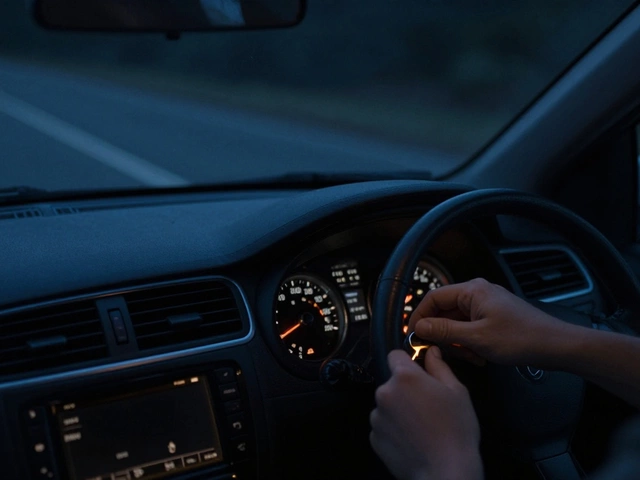Front Brake Pads: When to Replace Them and What Happens If You Don't
When your car slows down, it’s the front brake pads, thin friction materials that clamp onto the brake rotors to stop your vehicle. Also known as brake linings, they’re one of the most worn-out parts in your car’s braking system—and one of the easiest to ignore until it’s too late. Most drivers don’t think about them until they hear a screech, feel a vibration, or notice their car takes longer to stop. But by then, you might already be damaging the brake rotors, the metal discs that the pads press against, which cost far more to replace.
Front brake pads wear faster than rear ones because your car’s weight shifts forward during braking. That’s why they usually need replacing before the rear ones. Signs you’re overdue include a high-pitched squeal (many pads have built-in wear indicators), a grinding metal-on-metal sound (that’s the backing plate scraping the rotor), or a spongy brake pedal. If your car pulls to one side when braking, it could mean uneven pad wear or a stuck caliper. And if you’re seeing more than 3mm of pad material left, it’s time to get them checked—most experts recommend replacing them before they hit 2mm.
Skipping brake pad replacements doesn’t just make your car slower to stop. It puts extra stress on the brake system, the entire assembly that converts your foot pressure into stopping power, including calipers, fluid lines, and sensors. Over time, worn pads can warp rotors, leak brake fluid, or even cause brake failure. A study by the UK’s Vehicle and Operator Services Agency found that nearly 1 in 5 brake-related MOT failures were due to worn pads—not rotors, not fluid, just the pads.
You don’t need to replace rotors every time you change pads, but you should always inspect them. If they’re scored, thin, or have deep grooves, resurfacing or replacing them will save you from future noise and reduced stopping power. And while you’re at it, check the brake fluid—old or dirty fluid can ruin new pads in weeks.
Some drivers try to stretch out pad life to save money. But the truth is, cheap pads on worn rotors cost more in the long run. A full front brake job—pads and rotors—usually costs less than a single emergency tow after a near-miss. And if you’re driving in heavy traffic, hilly areas, or towing, your pads wear even faster.
Below, you’ll find real advice from drivers who’ve been there—how to spot early warning signs, when you can skip rotor replacement, what to expect during a brake service, and why DIY isn’t always the smartest move. These aren’t guesses. These are fixes people actually used to avoid costly breakdowns and keep their cars safe.





